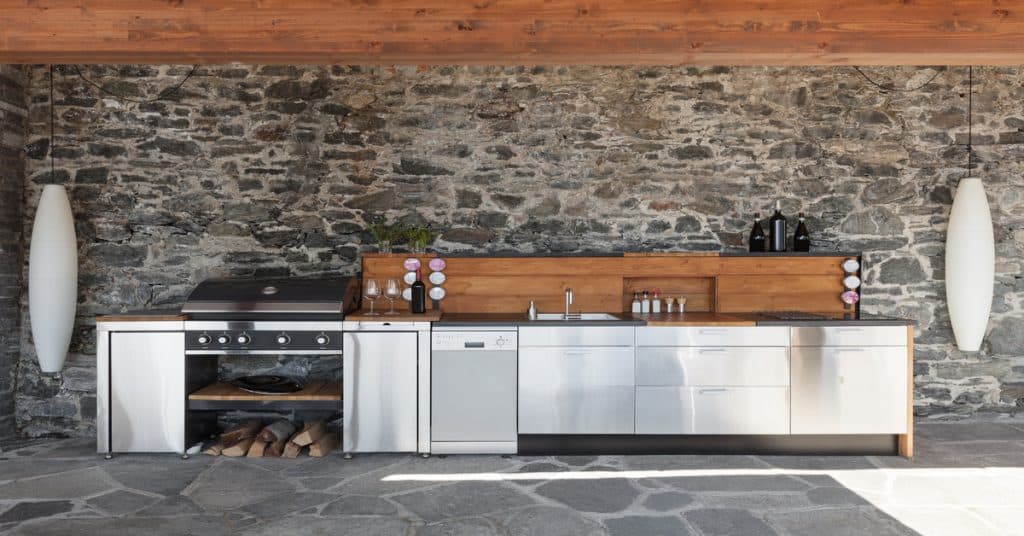Saving for a home purchase can be extremely daunting. While you might be able to afford the monthly mortgage repayments, you might have a tough time saving for a mortgage deposit. This is one of the single most expensive things you’ll purchase in your life and it’s vital that you take some time to sort out your personal finances to ensure you get a fantastic deal. In this post, we’re going to take a look at a couple of ways that you can save for a mortgage deposit.
Source: https://unsplash.com/photos/r3WAWU5Fi5Q (CC0)
Get a rough estimate of the costs involved
First, make sure you check out a calculator such as MortgageCalculator.Org to figure out how much money you’ll be spending on a deposit. It’s a good idea to use the calculator and plug in some values from local real estate agents, such as how much houses are going for and the price range that is suitable for your financial situation. This will change depending on the location, so it’s never a bad idea to look outside of your local area too.
Looking for a good mortgage deal
Next, you’ll want to look around for a good mortgage deal. The best way to do this is to actually contact a mortgage broker. You’ll find lots of mortgage brokers locally but also online. They’ll help you get a quote from all of the major mortgage dealers and they’ll offer impartial advice to help you make an informed decision. You’re going to want to find a mortgage deal that offers a low-interest rate but could also offer a low deposit amount as well. Every lender has different requirements to be eligible, so it’s best to do a bit of shopping around for a good deal.
Sources of funding for your deposit
Next, consider what sources of funding you’ll be using. For most people, this will involve saving up money from their job, but it could also mean asking parents for help with cash gifts and informal loans. You might also want to consider shared ownership with friends and family members, or looking for any help to buy schemes that are available.
Budgeting for your mortgage deposit
Budgeting is the next step. This involves examining your incoming and outgoing money by using a budgeting tool, or even by just tracking your expenses in a spreadsheet or document. This is a great way to see how much you can afford. You generally want to be as truthful as possible in regards to incoming and outgoing money so you can get an accurate representation of how much you can afford to spend on both your mortgage and your deposit.
Watching your savings and living frugally
Lastly, it’s a good idea to live as frugally as possible so that you save more money and can afford the deposit sooner. This means eating less fancy food, spending less on entertainment and treating yourself less. It might drastically change your lifestyle, but it’s a great way to ensure that you’re saving more money and reaching your deposit target more quickly.



